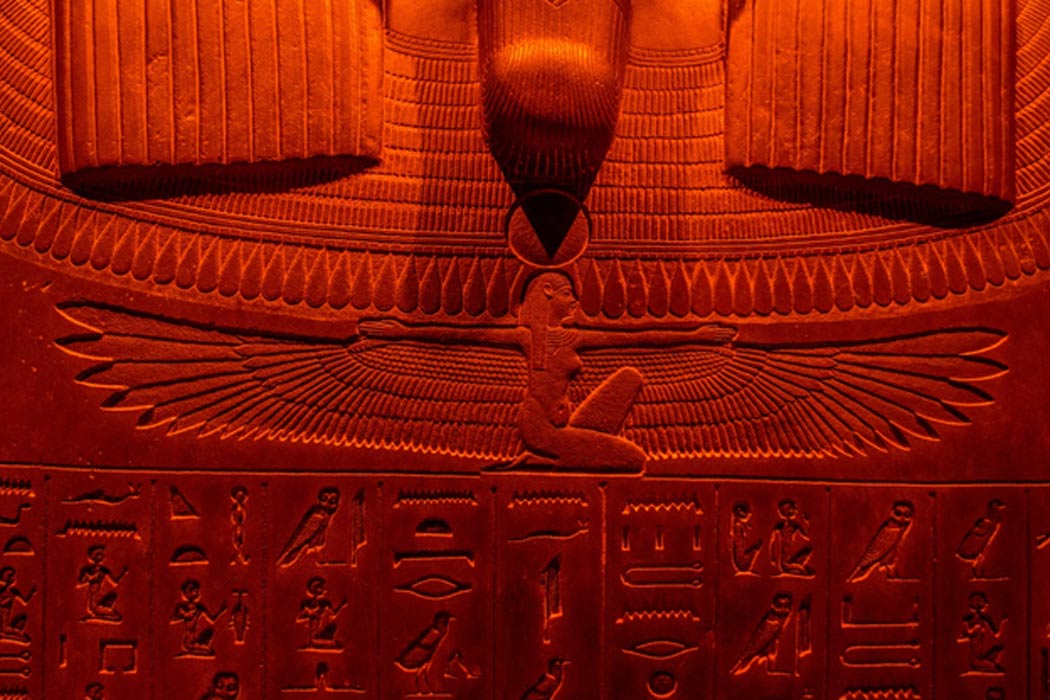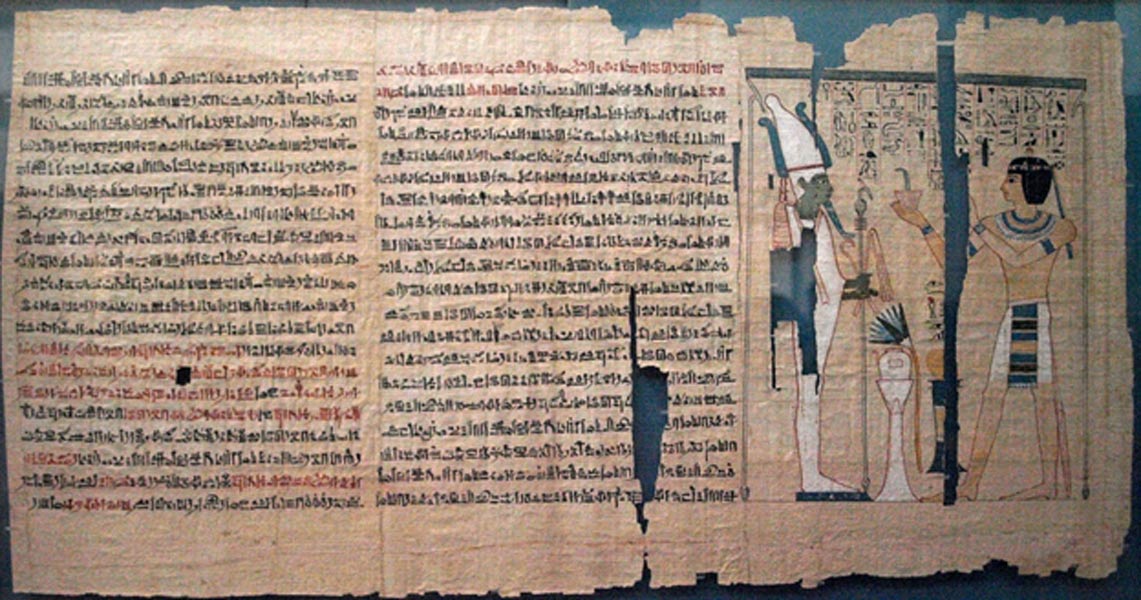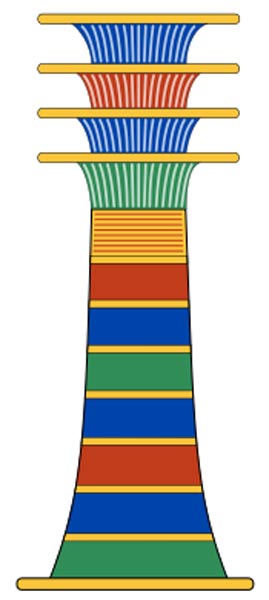
Zep Tepi and the Djed Mystery: The Book of the Dead and Fallen Civilizations—Part II
Chapter XVII of the Egyptian Book of the Dead highlights an indisputable detail: ritual formulas hid proofs of prehistoric events. They were handed down orally, and after millennia they inspired the ancient civilizations, reduced to primeval state by planetary disasters which occurred between 25,000 and 8,000 BC. The ancestral story was told with extraordinary effortlessness, using very simple concepts, but extremely effective.
“It is the drops of blood (61)
which fell from Ra when he went forth (62) to cut himself.
(66) on the day of the combat of the Two Fighters.
It is the day on which Horus fought with (68) Set,}
Thoth did this with his own hand.”
—Egyptian Book of Dead

Part of the Book of the Dead of Pinedjem II, 21st dynasty, circa 990-969 BC. (CC BY-SA 3.0)
The Ancestral Book
The Ancestral Book tells about the Sebau, followers of Ra-Osiris and then followers of Seth. Their riot achieves the apex when the Osiris Column was “cut”.

The Djed pillar, an ancient Egyptian symbol meaning 'stability', is the symbolic column or backbone of the god Osiris. (CC BY-SA 3.0)
Do those clues refer to an historical event, ending a political and social order that took place during the Lost Civilization of the Pyramid rule? By analyzing the ancient book, it seems that two events took place: destruction of the Djed system and the riot against Ra-Osiris.





